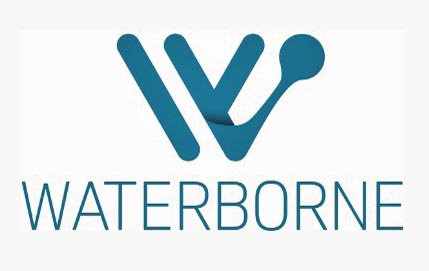The European Commission (EC) has published its 2023 Report on CO2 Emissions from Maritime Transport, which highlights the strategic role of waterborne transport for the EU, specifically in the area of LNG imports.
Subsequently, it covers the developments of emissions from different ship types compared to 2021 and before, mainly based on increasing or decreasing business activities.
The report provides clear guidance for the Partnership on Zero-Emission Waterborne Transport, which is mentioned as one of the key actors. This partnership, a co-operation between the EC and the Waterborne Technology Platform, aims to develop and demonstrate zero-emission solutions for all main ship types and services before 2030. The EC has committed to investing up to €530m from Horizon Europe towards the Partnership, and the industry has committed to over €3bn of investments for the period 2021 – 2030. Currently, the partnership is discussing the RD&I priorities for the period 2025 – 2027.
The report makes clear that different solutions have to be developed for different ship types and services, taking into account the operational profile as well as the commercial and business models, including the need for fuel flexibility. Besides zero-emission solutions, easily deployable and commercially viable energy-efficiency solutions will be key to achieve the 2030 and 2050 climate targets. Furthermore, whilst significant investments have been made in RD&I activities and the pathway towards deployment, it will take some time before solutions are actually being deployed, taking into account the lengthy process from concluding a shipbuilding contract until delivery of a vessel. Finally, investments in supporting infrastructure are required to timely deploy sustainable alternative fuels.
Eero Lehtovaara, Chair of the Board of Directors, Waterborne TP, said: “In order to develop and demonstrate solutions for all main ship types and services, a broad portfolio of solutions, all of which have to be economically viable will be key. Taking into account the average lifetime of a vessel, increasing the resources for RD&I, and subsequently deployment, will remain fundamental. Ships being built today will sail on average 20 years, which means well beyond 2030. Energy-efficiency measures will not only be pivotal to decrease emissions from the current fleet, but also to sail as economically as possible on sustainable alternative fuels. In the end, the ultimate objective is to reach a sustainable and competitive waterborne transport ecosystem.”



